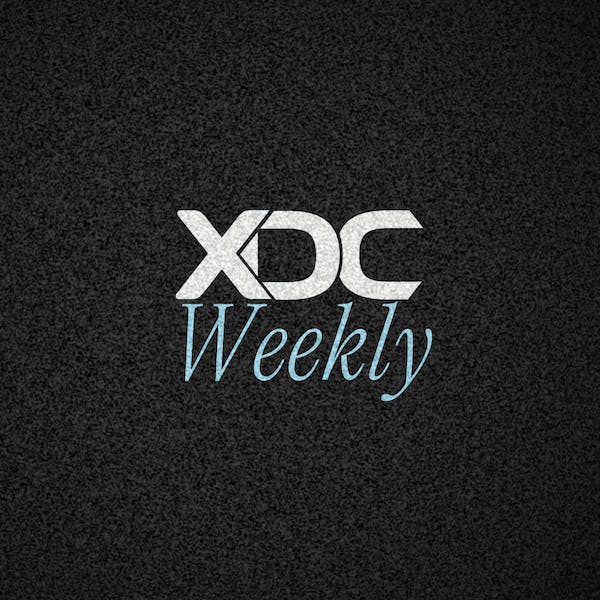Ethereum is preparing to carry out an unprecedented merge — going from a Proof-of-Work (PoW) model to a Proof-of-Stake (PoS) model. Ethereum originated as a PoW network that requires a mining process to validate transactions. As the network’s volume grew over time, this mining process became cumbersome. As a result of that, users now experience long settlement wait times and expensive transactions.
The Ethereum developer community saw an opportunity to transition to a new form of consensus, PoS, which requires no mining, and will, in part, future-proof the network. Using this consensus mechanism, validators must stake ETH in order to participate in the validation process — similar to the way delegated proof of stake validators must stake XDC on the XDC Network to participate in the validation process. The conversion has taken several years of planning and testing and will begin its transition to PoS this week.
This is a promising development for our planet, for users of the Ethereum network, and for blockchain as a whole. The industry is watching closely in anticipation of this monumental event.
Ethereum is preparing to carry out an unprecedented merge — going from a Proof-of-Work (PoW) model to a Proof-of-Stake (PoS) model. Ethereum originated as a PoW network that requires a mining process to validate transactions. As the network’s volume grew over time, this mining process became cumbersome. As a result of that, users now experience long settlement wait times and expensive transactions.
The Ethereum developer community saw an opportunity to transition to a new form of consensus, PoS, which requires no mining, and will, in part, future-proof the network. Using this consensus mechanism, validators must stake ETH in order to participate in the validation process — similar to the way delegated proof of stake validators must stake XDC on the XDC Network to participate in the validation process. The conversion has taken several years of planning and testing and will begin its transition to PoS this week.
This is a promising development for our planet, for users of the Ethereum network, and for blockchain as a whole. The industry is watching closely in anticipation of this monumental event.
After all, the entire industry bears the brunt of criticism about blockchain over its sustainability concerns. These critiques often don’t specify which network they are implicating, and paint all blockchain networks with a broad brush. As Ethereum’s native coin, ether, represents 20% of the entire crypto market cap — and a greater share of the entire space using other metrics — we’ll all feel the impact when Ethereum advances and becomes friendlier to our planet, reducing 99% of its energy usage. By extension, this will mean less cost to support the entire crypto ecosystem and more capital to move freely.
When switching to PoS, this energy efficiency comes at very little cost. The PoS model is proven to be virtually as secure as PoW. Transactions process quicker, and they are more scalable — with potentially thousands of transactions per second.
XinFin’s founders knew back in 2018 that Proof-of-Stake was key to bringing enterprise and institutional actors on board, particularly in trade finance. Over the past year and half, XDC has achieved key milestones in this space, including being named as the blockchain member of the Trade Finance Distribution Initiative (TFDi) and becoming home to an increasing number of Layer 2 projects. One of those projects, TRADA, is allowing both retail and institutional investors increased access to trade finance as an investment class. Like Ethereum, XDC is open-sourced, EVM-compatible, and developer-focused.
To be used for sensitive data and transactions, a network ought to be green, efficient, and secure. In fact, to take security to an unparalleled level, XDC’s protocol team is currently testing XDPoS 2.0, which will be launched in the earlier part of next year. XDPoS 2.0 will root out bad actors by incorporating forensics holistically, meaning that internal mechanisms will identify and automatically root out malicious masternodes. This can’t be said of any other blockchain currently in existence — including those in the production and design stages.
A network should also be relatively cheap to use for your average user. The Proof-of-Stake model allows XDC transactions to cost fractions of a penny. While this merge is not supposed to lower Ethereum’s transaction fees immediately, it certainly opens up those possibilities in the future.
Our entire blockchain ecosystem is better when one of its most prominent chains makes the choice to switch to one of the most future-proof protocols. With a Proof-of-Stake consensus mechanism, the possibilities are endless. Ethereum was, after all, the first blockchain to allow for programmable smart contracts. The XDC Network is building upon what they started.
The content above represents my own individual perspective as an XDC community member and does not reflect the official stance of XDC Foundation.

